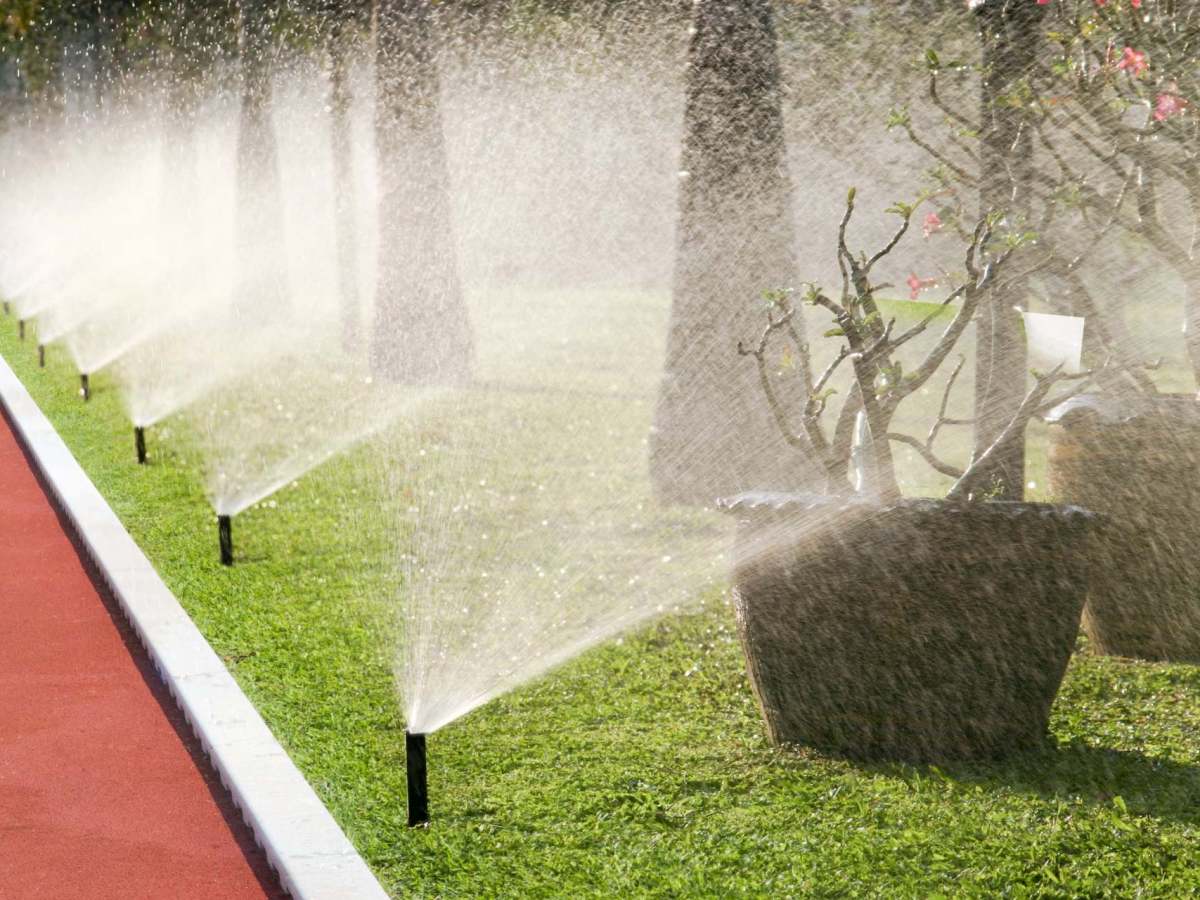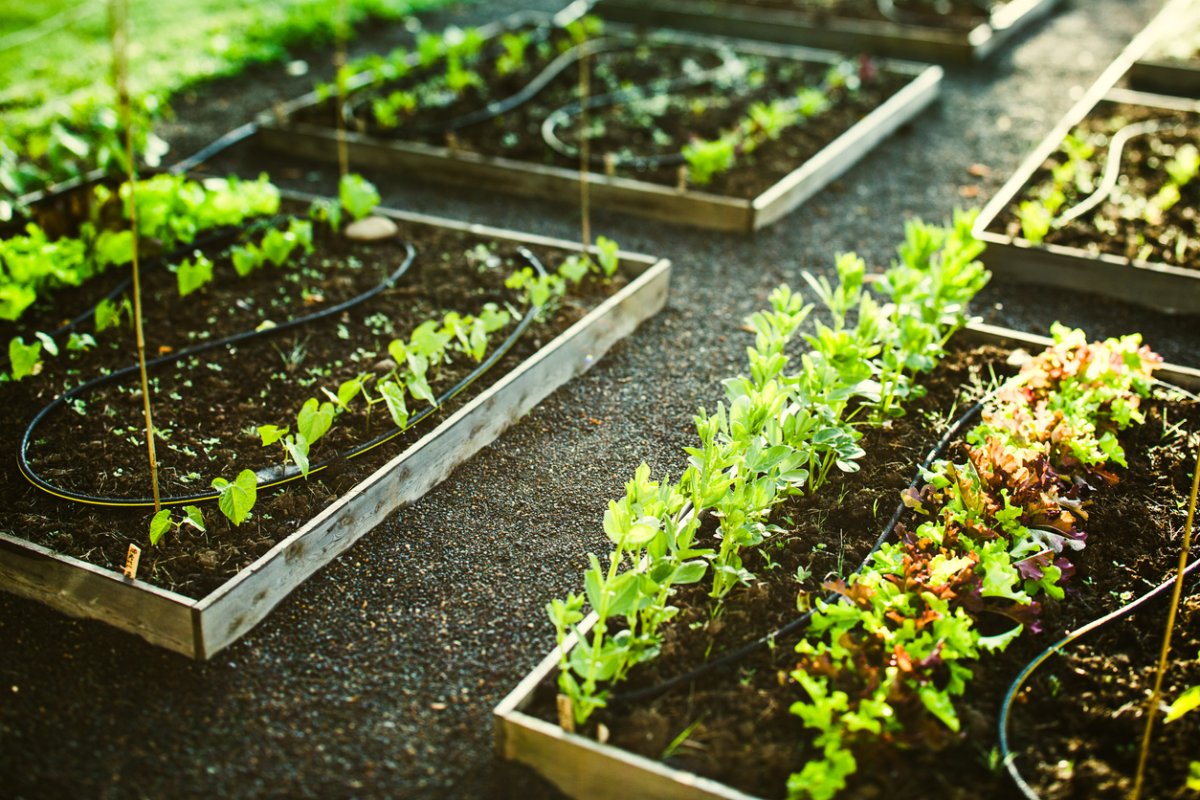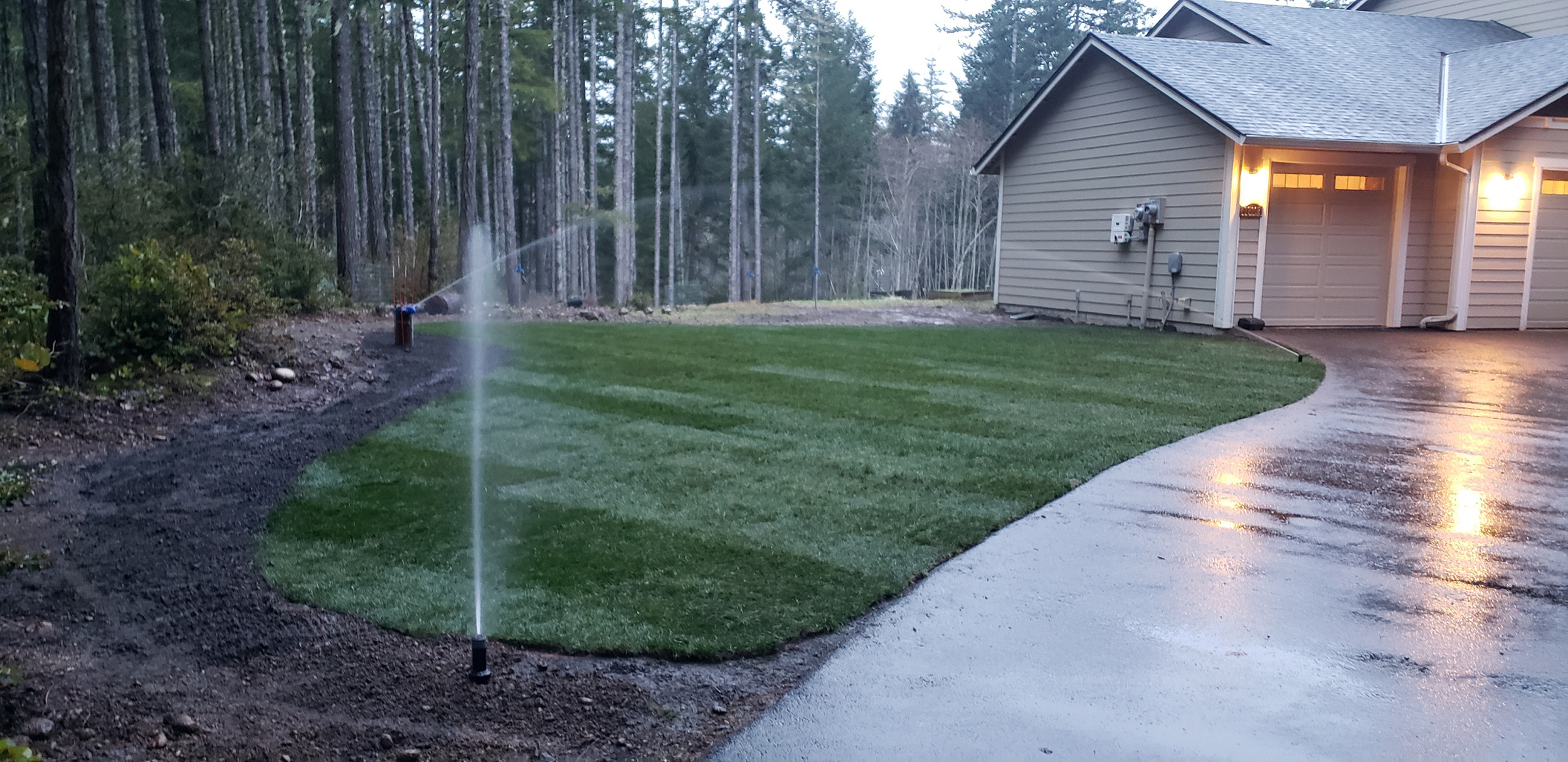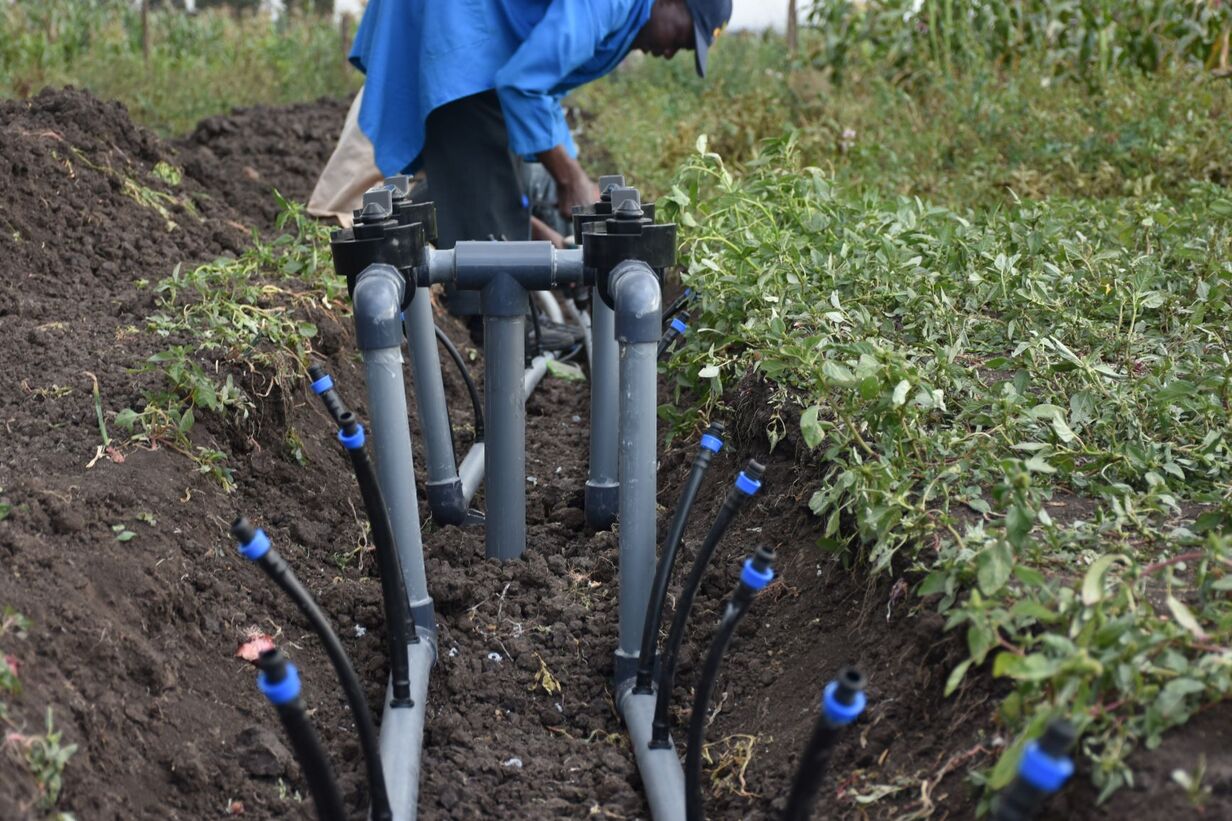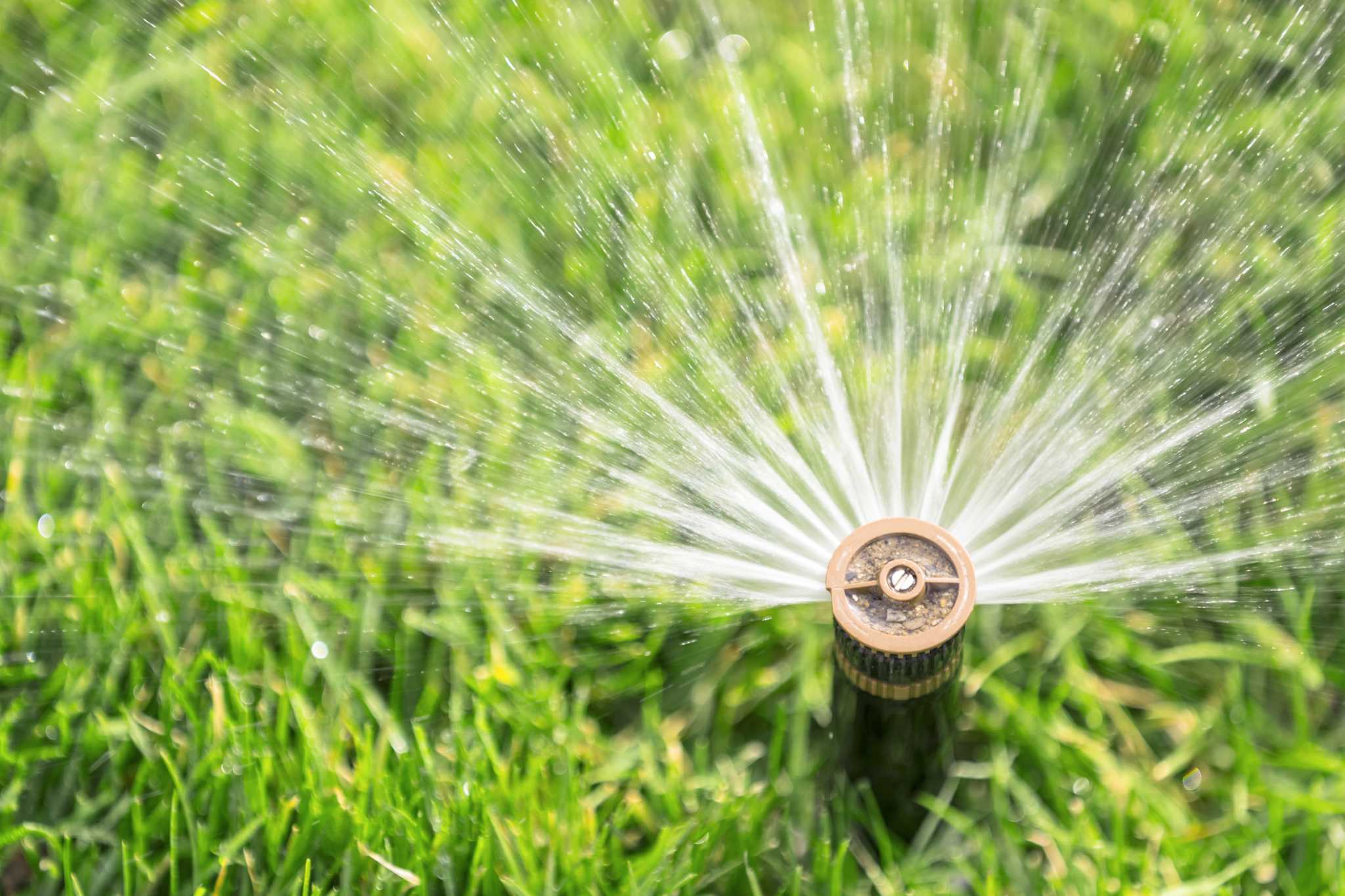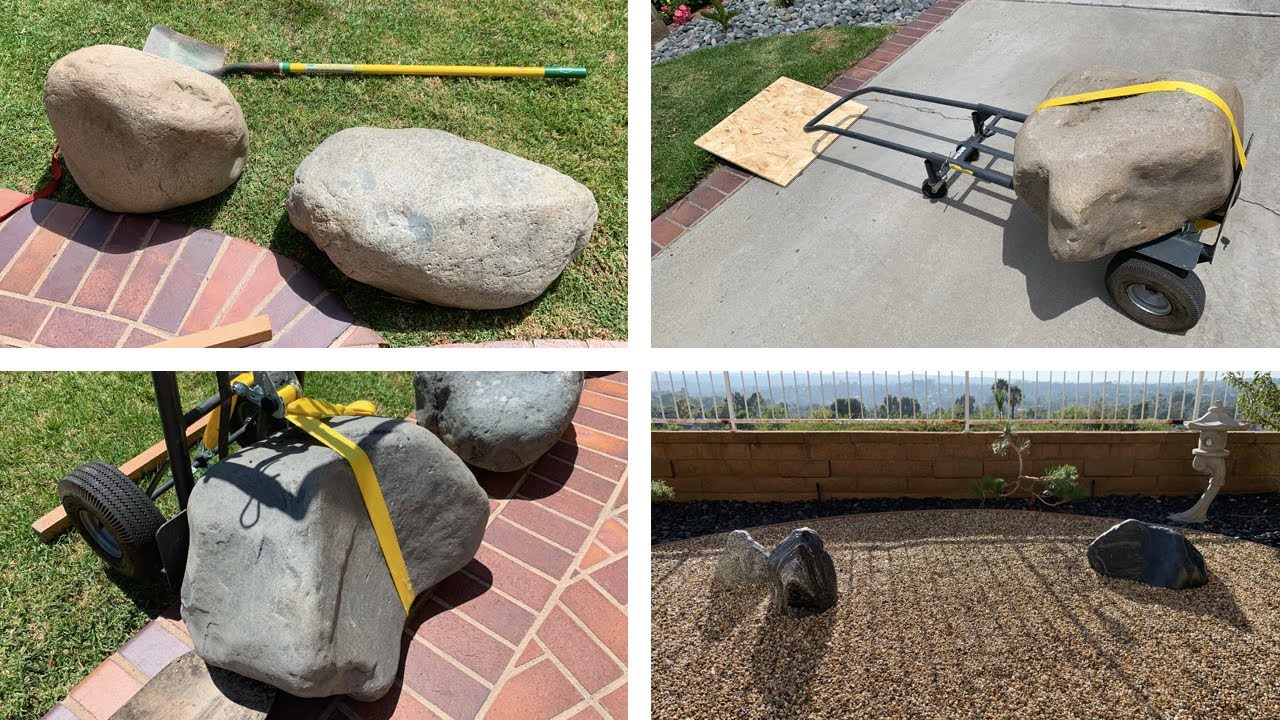Home>Gardening Tips and Tricks>Problem Solving>How Do Irrigation Systems Move
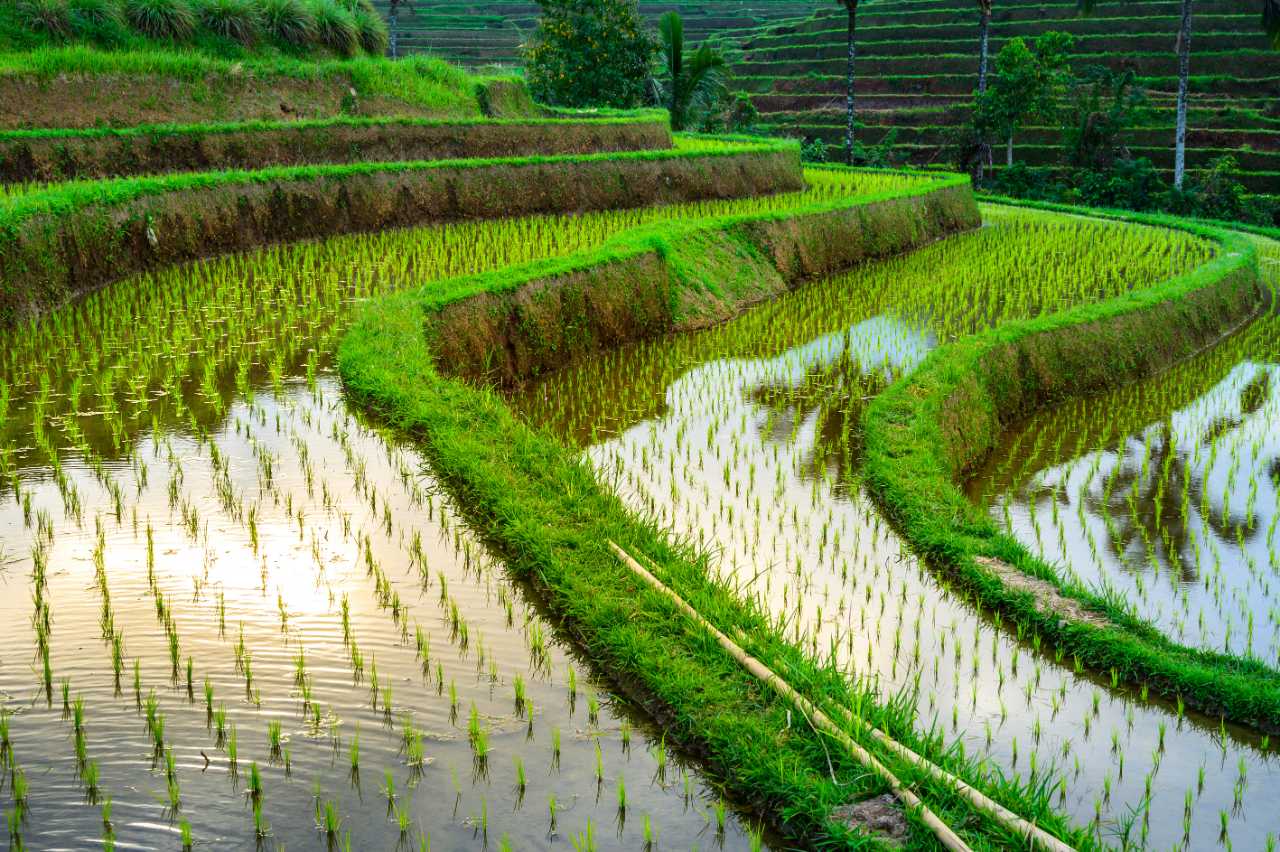

Problem Solving
How Do Irrigation Systems Move
Modified: January 22, 2024
Discover effective problem-solving techniques for irrigation systems to improve their movement and optimize your watering process. Empower your irrigation system with practical solutions for efficient and hassle-free operation.
(Many of the links in this article redirect to a specific reviewed product. Your purchase of these products through affiliate links helps to generate commission for Chicagolandgardening.com, at no extra cost. Learn more)
Table of Contents
Introduction
When it comes to irrigating agricultural fields, gardens, or even residential landscapes, efficient and effective irrigation systems play a vital role. These systems not only ensure the optimal growth of plants and crops but also help conserve water resources. There are various types of irrigation systems available, each tailored for different needs and requirements.
In this article, we will explore the different types of irrigation systems and how they work to move water to where it is needed. Understanding these mechanisms will not only deepen your knowledge of irrigation systems but also aid in making informed decisions regarding the most suitable system for your irrigation needs.
From traditional gravity flow systems to advanced technologies like center pivot and drip irrigation systems, the range of options available today allows for efficient and precise water distribution. Depending on factors such as water availability, terrain, crop type, and desired application method, different irrigation systems offer unique advantages.
We will delve into each system, examining their functioning, benefits, and suitable applications. Understanding how these systems move water will provide valuable insights into their practicality and potential for enhancing agricultural productivity and sustainability.
So, whether you are a farmer looking to optimize your crop yields, a landscape designer seeking the best irrigation solution, or simply interested in the mechanics behind moving water for irrigation purposes, this article is your comprehensive guide to irrigation systems and their methods of operation.
Let’s explore the various irrigation systems and discover how they efficiently and effectively move water to nourish the vegetation.
Gravity Flow Systems
Gravity flow systems are one of the oldest and simplest methods of irrigation. As the name suggests, these systems rely on the force of gravity to move water from a higher elevation to a lower one, using sloping terrain or gentle slopes in the field.
In a gravity flow system, water is usually sourced from a nearby river, pond, or reservoir. With the help of channels or canals, the water is guided downwards towards the fields without the need for pumps or complex machinery.
This type of system offers several advantages. First and foremost, it is cost-effective as it eliminates the need for electricity or fuel to power pumps. This makes it an ideal choice for areas with limited access to electricity or remote locations.
Additionally, gravity flow systems are relatively low maintenance as there are no mechanical components to worry about. They also have minimal environmental impact as they do not require fossil fuels and reduce the risk of water contamination from fuel or oil leaks.
However, gravity flow systems do have limitations. The primary limitation is that the water distribution is largely dependent on the topography and slope of the land. This means that fields with uneven terrain may not receive consistent water supply, resulting in uneven irrigation and potential water wastage.
Furthermore, gravity flow systems can be challenging to implement in areas with flat or level topography as there may not be a significant difference in elevation to create the necessary water flow.
Despite these limitations, gravity flow systems remain a popular choice in many regions. They are particularly well-suited for small-scale agriculture or areas with low water requirements. Additionally, they can be used in conjunction with other irrigation systems to supplement water supply or provide backup during power outages.
Overall, gravity flow systems provide a simple and cost-effective way to move water for irrigation purposes. While they may not be suitable for all situations, their ease of implementation, low maintenance, and eco-friendly nature make them a viable choice for many farmers and gardeners.
Sprinkler Systems
Sprinkler systems are widely used in both agricultural and residential settings, offering a versatile and efficient method of irrigation. These systems employ a network of pipes, sprinkler heads, and valves to deliver water to the desired areas in a controlled manner.
The working principle of a sprinkler system is relatively straightforward. Water is pumped from a water source, such as a well or reservoir, and distributed through a network of underground pipes. At regular intervals, sprinkler heads pop up from the ground and spray water in a circular or fan-shaped pattern.
One of the key advantages of sprinkler systems is their ability to provide uniform water distribution. The adjustable sprinkler heads can be customized to deliver the appropriate amount of water based on the specific needs of the vegetation and soil type. This precise application helps prevent overwatering or underwatering, ensuring optimal plant growth.
Sprinkler systems are also highly versatile in terms of the various types of sprinkler heads available. Different sprinkler heads offer various spray patterns, including misting, rotating, or fixed spray, allowing for customizable irrigation based on the plant’s water requirements.
Another advantage of sprinkler systems is their ability to cover large areas of land. With strategically placed sprinkler heads and proper design, these systems can efficiently irrigate expansive fields, reducing labor and water wastage.
However, sprinkler systems do have a few limitations to consider. Wind can affect the water distribution, causing uneven irrigation or wastage. Evaporation can also occur if irrigation takes place during hot and sunny conditions, leading to the loss of water before it can reach the plants’ roots.
In terms of installation and maintenance, sprinkler systems require careful planning and regular upkeep. Ensuring the proper functioning of sprinkler heads, valves, and pipes is crucial for optimal performance and water conservation.
Overall, sprinkler systems offer a practical and versatile solution for irrigation needs. They are suitable for both large-scale agriculture and residential landscapes. With the ability to customize water distribution and cover large areas efficiently, sprinkler systems are a popular choice for many growers and homeowners.
Drip Irrigation Systems
Drip irrigation systems, also known as micro-irrigation or trickle irrigation systems, are a highly efficient and precise method of delivering water directly to the plant’s root zone. Unlike sprinkler systems that spray water into the air, drip irrigation systems apply water slowly and directly at or near the base of the plants.
The main component of a drip irrigation system is the network of tubes or pipes which are fitted with emitters or drippers. These emitters release water droplets in a slow and steady manner, allowing for controlled and targeted irrigation. The emitters can be regulated to deliver different amounts of water based on the specific requirements of the plants.
One of the significant advantages of drip irrigation systems is their water efficiency. Since water is delivered directly to the plants’ root zone, there is minimal water loss due to evaporation or runoff. This targeted application reduces water wastage and allows for better water conservation.
Drip irrigation systems are also highly suitable for areas with limited water resources. The slow and precise delivery of water ensures that every drop is utilized effectively, maximizing water efficiency and minimizing the overall water consumption.
Another benefit of drip irrigation is its ability to reduce weed growth. By delivering water directly to the plants, the surrounding soil remains relatively dry, reducing the conditions favorable for weed germination and growth. This can save valuable time and effort in weed control.
In terms of installation, drip irrigation systems require careful planning and placement of the drip emitters. Proper spacing and placement of the emitters are essential to ensure uniform water distribution and coverage for all the plants in the field or garden.
Regular maintenance is also crucial for the optimal functioning of the system. Drip emitters can become clogged over time, so periodic cleaning and inspection are necessary to ensure consistent water flow. Proper filtration systems can help prevent clogging by removing particles and sediment from the water source.
Overall, drip irrigation systems offer precision watering, water efficiency, and reduced weed growth, making them an ideal choice for both small-scale and large-scale agriculture, as well as landscaping applications. When implemented correctly and maintained properly, drip irrigation systems can significantly improve water usage and enhance plant health and productivity.
Center Pivot Systems
Center pivot irrigation systems are widely used in large-scale agriculture, particularly for crops such as corn, soybeans, and wheat. These systems consist of a central pivot point from which sprinkler arms extend radially, resembling the shape of a rotating arm.
The central pivot is generally located at the highest point in the field, with the sprinkler arms supported by wheels that move along a circular track. As the system rotates around the pivot point, water is distributed through the sprinkler heads mounted on the moving arms.
Center pivot systems offer several advantages. Their circular spraying pattern allows for efficient water coverage over a large area, reducing the number of sprinkler heads required compared to other systems.
Furthermore, center pivot systems are highly customizable, as the speed of rotation, application rate, and water distribution can be adjusted based on the specific needs of the crops and soil conditions. This precision ensures that water is evenly distributed, minimizing water waste and optimizing crop growth.
One of the key benefits of center pivot systems is their ability to irrigate uneven or sloping fields. The wheels on the outer side of the pivot arm can be adjusted to accommodate changes in terrain, ensuring consistent water application regardless of the field’s topography.
In addition to their irrigation capabilities, center pivot systems can also double as fertigation systems. Fertigation is the process of combining fertilizers with irrigation water, allowing for the simultaneous application of water and nutrients to the crops. This integration simplifies the fertilization process, improves nutrient absorption, and enhances crop performance.
Despite their advantages, center pivot systems have some drawbacks to consider. They require access to a reliable water source and sufficient water pressure to operate effectively. Additionally, the initial installation cost and maintenance can be higher compared to other irrigation systems.
Proper maintenance is crucial to ensure the longevity and optimal performance of center pivot systems. Regular inspections of the sprinkler heads, pipes, and motors are necessary to address any issues and minimize downtime during crucial irrigation periods.
Overall, center pivot systems are a popular choice for large-scale agriculture due to their efficiency, flexibility in application, and ability to cover vast areas. When properly designed, installed, and maintained, center pivot irrigation systems can significantly enhance crop productivity and water management.
Traveling Gun Systems
Traveling gun irrigation systems, also known as big gun irrigation systems, are commonly used for irrigating large fields or areas where fixed sprinkler systems may not be practical. These systems consist of a portable sprinkler gun mounted on a wheeled cart or tower that moves along a fixed or flexible hose.
Unlike center pivot systems that rotate around a central pivot point, traveling gun systems provide irrigation by moving horizontally across the field. The sprinkler gun is powered by water pressure, which propels it forward along the hose while delivering water to the crops in its path.
One of the key advantages of traveling gun systems is their flexibility and range. These systems can cover large areas, making them suitable for irrigating fields with irregular shapes or varying slopes. Additionally, they can be easily relocated and adjusted to target specific areas in need of irrigation.
Traveling gun systems are known for their high water application rates and long throw distances. This makes them ideal for situations where a large volume of water needs to be delivered quickly, such as in hot and dry climates or during periods of drought. The long throw distance also reduces the number of sprinkler guns required, leading to more efficient water usage.
The versatility of traveling gun systems extends to their adjustable spray patterns. Depending on the crops’ requirements and field conditions, the sprinkler guns can be set to deliver a full circle spray, partial circle spray, or even a custom spray pattern to ensure efficient coverage.
Despite their advantages, there are some considerations when using traveling gun systems. Proper alignment and calibration of the sprinkler gun are crucial to avoid uneven water distribution and wasted water. Wind can also affect the water trajectory, potentially leading to water loss through drift or evaporation.
Regular maintenance is essential for traveling gun systems to ensure optimal performance. This includes cleaning and inspecting the sprinkler gun, hose, and moving parts to prevent blockage and mechanical issues.
Overall, traveling gun systems provide a practical solution for irrigating large fields or areas with challenging terrain. Their versatility, high water application rates, and long throw distances make them a popular choice for agricultural operations that require efficient and flexible irrigation.
Conclusion
In conclusion, irrigation systems play a crucial role in ensuring the optimal growth and productivity of crops and plants. From gravity flow systems to center pivot, drip, sprinkler, and traveling gun systems, each type offers unique advantages and applications.
Gravity flow systems provide a cost-effective and low-maintenance option, although they may be limited by the terrain and topography of the land. Sprinkler systems offer uniform water distribution and are versatile in covering large areas, but factors like wind and evaporation can affect their efficiency.
Drip irrigation systems excel in water efficiency and precision watering, making them ideal for areas with limited water resources and reducing weed growth. Center pivot systems provide efficient and customizable irrigation, capable of covering uneven or sloping fields, while also allowing for fertigation.
Traveling gun systems offer flexibility and range, making them suitable for irrigating large or irregularly shaped fields, along with high water application rates and long throw distances. However, proper alignment and maintenance are crucial for optimal performance.
When choosing an irrigation system, factors such as water availability, field size and shape, crop type, and topography should be considered. Additionally, it is essential to assess the resources, maintenance requirements, and long-term sustainability of each system.
By understanding the mechanics behind how these irrigation systems move water, we can make informed decisions to optimize water usage, increase crop yields, and promote sustainable agriculture. Each system offers its own set of advantages and considerations, allowing farmers, gardeners, and landscapers to choose the most suitable option for their needs.
Ultimately, the goal of any irrigation system is to efficiently and effectively deliver water to the plants, promoting their growth and success. Whether it’s a simple gravity flow system or a more advanced center pivot system, the right irrigation method can make a significant difference in the health and productivity of our crops and landscapes.
